Welcome to one of the most active flamenco sites on the Internet. Guests can read most posts but if you want to participate click here to register.
This site is dedicated to the memory of Paco de Lucía, Ron Mitchell, Guy Williams, Linda Elvira, Philip John Lee, Craig Eros, Ben Woods, David Serva and Tom Blackshear who went ahead of us.
We receive 12,200 visitors a month from 200 countries and 1.7 million page impressions a year. To advertise on this site please contact us.
|

|
|
Interview with Javier Molina
|
You are logged in as Guest
|
|
Users viewing this topic: none
|
|
Login  | |
|

   
NormanKliman
Posts: 1143
Joined: Sep. 1 2007

|
 Interview with Javier Molina Interview with Javier Molina
|
|
|
Extracts of an interview with Javier Molina shortly after the death of Manuel Torre.
http://www.papelesflamencos.com/
The "interview" amounts to just a few responses added to the author's flowery text. I've translated what appears to be the greater part of Javier's comments.
JM: "The first thing I want you to write is that Manuel Torres was born in Jerez."
Interviewer: "Who did Manuel learn from?"
JM: (with a look of surprise) "Learn? From nobody. Maybe at first he copied El Mellizo, but only in the beginning. Manuel Torres didn't need to learn from anybody. He created. Carito, El Chato, el Loco Matías, el Loli, los Marrurros, el señor Manuel Molina and many other Jerez-born geniuses provided plenty of material for learning. There used to be six cafés cantantes in Jerez. Manuel Torres would listen carefully and create. Maybe the fact that he didn't faithfully copy the singing of others was the biggest obstacle in his career before he became famous.
He sang everything: farrucas, soleares, saetas...
Nobody was able to copy his siguiriyas. His style died with him."
Interviewer: "Did Torres make a lot of money?"
JM: "Yes, he did. His artistry was eventually recognized. He earned a lot from his performances. But, like many gypsies, he had a lot of quirks, and this prevented him from earning more. He even lost a lot of money for this reason. Just one little gesture or insignificant detail and he wouldn't sing for all the money or friends in the world. But when he was in the mood...
He seldom performed toward the end. In Jerez, the last time he performed was about three years ago, for the Domecq centennial. Niño de Marchena, who admired him very much, and a few others did what they could for him. But his quirks... He also spent a fortune on greyhounds and roosters, which were his hobbies. Because of all of this, Manuel died in extreme poverty in a tiny room where his entire family lived: six children and his partner. His brother Pepe Torres has taken in the family."
JM: "It used to be that the cage was shabby and the birds were high quality. Now the cage is made of gold and the birds are made of cardboard."
_____________________________
Be here now.
|
|
|
|
REPORT THIS POST AS INAPPROPRIATE |
Date Jul. 10 2012 9:19:27
 |
|

   
NormanKliman
Posts: 1143
Joined: Sep. 1 2007

|
 RE: Interview with Javier Molina (in reply to Don Dionisio) RE: Interview with Javier Molina (in reply to Don Dionisio)
|
|
|
Hi Dennis,
That's the best one that I know of. The webmaster (David) does a really good job of finding interesting material, uploading legible text images, maintaining a positive and constructive tone and generally avoiding nonsense (egocentricity, proselytism, unfounded conjecture, etc.)
His site is "Papeles Flamencos." Confoundingly, there's another one called "Flamencos de Papel" or something like that. It looked good for a while but I stopped visiting it because the webmaster wasn't uploading new material.
There's another one called "El Afinador de Noticias," run by Faustino Núñez, and another one called "La Gazapera" run by Manuel Bohórquez. There are several more, the links to which you should be able to find on the aforementioned sites.
There are Spain-based flamenco forums, too, but you might want to look into acquiring an asbestos suit first and maybe some kind of anti-nausea medicine. Then again, it should be said that they're useful insofar as quickly showing why "flamencólogos" are held in such low esteem in the flamenco community. 
quote:
Beutifully said.
Hi Argaith. Much nicer in Spanish. Javier Molina apparently had a way with words. His autobiography offers a very dry but well-worded account of his life. Regarding the interview I posted, the author indicates that Javier put a lot of thought into his responses, especially his last comment. This might have to do with the way interviews used to be conducted (without any kind of audio recording), and I'm imagining that Javier and other veteran artists would insist on limiting interviews to just a few questions in order to keep things more accurate (and easier for them).
Click here to read another interview with Javier.
_____________________________
Be here now.
|
|
|
|
REPORT THIS POST AS INAPPROPRIATE |
Date Jul. 11 2012 8:31:26
 |
|

   
kitarist
Posts: 1715
Joined: Dec. 4 2012

|
 RE: Interview with Javier Molina (in reply to NormanKliman) RE: Interview with Javier Molina (in reply to NormanKliman)
|
|
|
quote:
JM: "It used to be that the cage was shabby and the birds were high quality. Now the cage is made of gold and the birds are made of cardboard."
Such a great, pithy saying. It also fits about today's (pop) music where the visuals have become 95% of the experience and the actual music [quality] is almost an afterthought.
I've started reading Paco Sevilla's "Seeking Silverio"; about a quarter in, and am enjoying it so much. It is on purpose written in the style of a historical novel - it describes the adventures of our heroes, young Antonio Chacon with the Molina brothers - at the moment trying to make a living in various small towns with flamenco. The historical facts are weaved into the story so well. I am amazed at the writing and the effort it must have taken to research all of it - not just about flamenco, but down to the little details about daily life in the 1880s for gitanos and their poor non-gitano neighbours alike. I recommend the book heartily.
So right now Javier Molina and Chacon feel very close to me as I read, and it was a happy coincidence that this thread got brought up. I couldn't find any pictures of a younger Javier Molina - all I find are a few from 1930s-1940s or later when he is in his late 60s or older.
However, I did find a paper which contains facsimiles of his birth certificate, pictures, and other documents along with presenting biographical information about him and his influence on flamenco guitar, by Juan de la Plata - who also organized the benefit for Molina in 1954 when he was in ill health.
The article is called "Javier Molina, El Gran Maestro De La Guitarra, Creador De La Escuela Jerezana", published in 2006 on the 50th anniversary of his death.
Here's the pdf file, which is the complete article as published in 'Revista de Flamencología' No. 24 in 2006.
If anyone would be interested in digging more into this flamenco magazine from Jerez, all of its 30 issues are freely available at http://canalflamenco.es/revistadeflamencologia/ as pdf files.
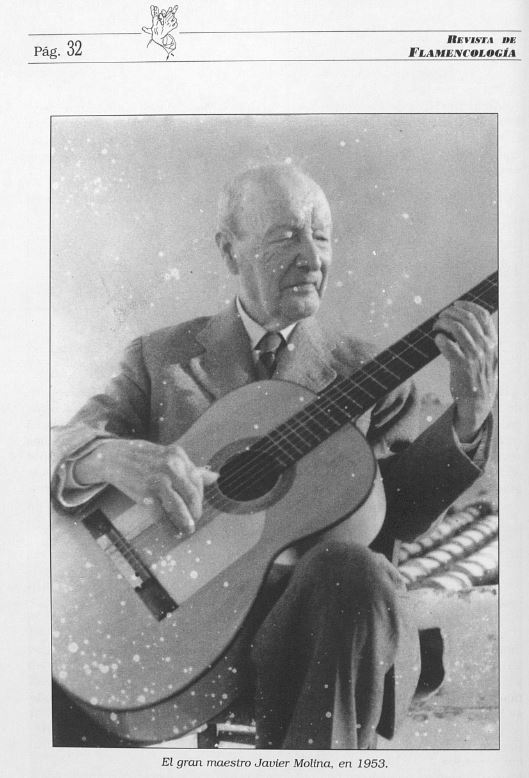
Images are resized automatically to a maximum width of 800px
 Attachment (1) Attachment (1)
_____________________________
Konstantin
|
|
|
|
REPORT THIS POST AS INAPPROPRIATE |
Date Jan. 6 2022 20:10:14
 |
|

   
BarkellWH
Posts: 3458
Joined: Jul. 12 2009
From: Washington, DC

|
 RE: Interview with Javier Molina (in reply to henrym3483) RE: Interview with Javier Molina (in reply to henrym3483)
|
|
|
quote:
really cool photo of manuel morao and javier molina.
Yes, it is a very cool photo of Manuel Morao and Javier Molina, Henry. Thanks for posting it. That they are both wearing suits speaks to a different era. Don Javier is even wearing a three-piece job. During the '30s, and up until about the mid '60s and even beyond, flamenco tocaores dressed up when they performed before an audience. Think of Ramon Montoya, Nino Ricardo, Sabicas, and others.
Aside from their virtuoso playing, that they wore suits lent a certain elegance to their performance that is lacking today. Carlos Montoya was wearing one when I first attended his performance in Phoenix, AZ in 1960, and again at a performance in the Kennedy Center in 1982. Spanish Matadors dressed up when they went out in the evening after a corrida that afternoon. Of course, Spain was always more formal in dress and manners in those days, and even those Spaniards living abroad carried that formality with them.
It was more than flamenco and the corrida though. Remember the folk boom of the late '50s and '60s? Take a look at some of the performers of that era--Peter, Paul, and Mary; Bud and Travis; the Canadian couple Ian and Sylvia, and many others--all dressed up for their performances. It showed a certain respect for their audiences. Of course, today audiences often dress shabbier than the performers they come to see.
In any case, I am dating myself, both in terms of age and attitude. I have often said that I am a 19th century man, or put another way, I am an analog man living in a digital age. The music, however, is just as good or better, and that's what really counts.
Bill
_____________________________
And the end of the fight is a tombstone white,
With the name of the late deceased,
And the epitaph drear, "A fool lies here,
Who tried to hustle the East."
--Rudyard Kipling
|
|
|
|
REPORT THIS POST AS INAPPROPRIATE |
Date Jan. 8 2022 22:25:27
 |
|

   
Richard Jernigan
Posts: 3430
Joined: Jan. 20 2004
From: Austin, Texas USA

|
 RE: Interview with Javier Molina (in reply to BarkellWH) RE: Interview with Javier Molina (in reply to BarkellWH)
|
|
|
Many thanks, Norman, for the interview.
Bill-
My father (born in 1904) had a warm spot in his heart for the city of San Francisco. In 1945 he took the first ship load of Occupation troops from USA to Japan. They traveled by train from the midwest, and embarked in San Francisco. I remember him speaking fondly of the farewell party held at the Top of the Mark.
In the late '60s my parents took a trip to San Francisco. After a week in the City they returned. My father was disappointed that people weren't wearing suits any more.
During the time I lived in Palo Alto in the late '80s I wandered into a bar out in the "Avenues" in San Francisco, to use a telephone I think. The lights were low, the men wore suits. The women were dressed in fashions of the same era, some wearing hats from the 1940s. They looked to be in their 70s.
Re Don Javier:
I haven't looked it up lately, but I remember reading that Molina once owned a tablao, where he employed both Niño Ricardo and Manolo de Huelva. Long ago I copped a rosas off a Niño Ricardo LP, with the help of a couple of Eddie Freeman's students. On a recording of Manolo de Huelva I heard some of the same falsetas, but with a decidedly different soniquete. I wondered whether they had learned them from Don Javier, or from one another.
RNJ
|
|
|
|
REPORT THIS POST AS INAPPROPRIATE |
Date Jan. 9 2022 0:55:10
 |
|

   
Pgh_flamenco
Posts: 1506
Joined: Dec. 5 2007
From: Pittsburgh, Pennsylvania

|
 RE: Interview with Javier Molina (in reply to Ricardo) RE: Interview with Javier Molina (in reply to Ricardo)
|
|
|
quote:
Well, you need to keep in mind gypsy culture in general has a lot to do with that. Gypsy kids in France still (as of like early 2000s) will still dress up in a suit with slick back hair and teens have same mustache and Macafari guitar as if in 1920’s. Also the gypsy weddings I have done here (Romanian/Russian) I saw little boys and girls dress elegant like adults (little girls with tons of make up jewelry and my wife saw them smoking in the bathroom and boys I saw smoking AND drinking alcohol 😂). Now (as of some years back) in Spain the young Gitanos dress with goofy hair, hot color tight pants and oversized sneakers or other weird shoes, etc etc. It is about trends of their own clans, not some socially conscious awareness of acting mature and respectful of public performances etc. Basically it comes down to the fact the kids are treated and talked to like “adults”, so they don’t have to go to school and stuff like that. But the world has changed A LOT and I have noticed big problems with the culture lately thanks to these types of changes. Especially problematic are the results of arranged marriages of teens now that they have internet access and global conscience outside of their clans.
There was a reality show that followed American Roma in the US in 2012. What you describe is true. These Roma clans did not allow their children to go to school. The kids were engaged or married to other Roma before the age of 18. Young Roma males continued to date even after being engaged or married, often dating - and having affairs with - females outside of the group. It was considered a scandal if young females were unfaithful. They spent their time with older female relatives so there was little chance this would happen. All of the characters in the show referred to non-Roma as “gadje” which means civilian in Sanskrit. The distinction between their group and the larger culture was made constantly by adult Roma.
It was obvious that these people had found an effective way to maintain the existence of their culture within a larger culture that was very good at eliminating cultural distinctions. Roma groups generally adopt whatever the dominant religion is where they settle and even that hasn’t lead to the assimilation of these groups into any of the larger cultures. By this I mean that they go along to get along and put a lot of effort into maintaining their Roma culture and identity even when it means they have to break the law, e.g., not sending their children to school, arranging marriages, etc.
“American Gypsies”
https://www.imdb.com/title/tt2257620/
_____________________________
|
|
|
|
REPORT THIS POST AS INAPPROPRIATE |
Date Jan. 10 2022 16:41:32
 |
|
 New Messages New Messages |
 No New Messages No New Messages |
 Hot Topic w/ New Messages Hot Topic w/ New Messages |
 Hot Topic w/o New Messages Hot Topic w/o New Messages |
 Locked w/ New Messages Locked w/ New Messages |
 Locked w/o New Messages Locked w/o New Messages |
|
 Post New Thread
Post New Thread
 Reply to Message
Reply to Message
 Post New Poll
Post New Poll
 Submit Vote
Submit Vote
 Delete My Own Post
Delete My Own Post
 Delete My Own Thread
Delete My Own Thread
 Rate Posts
Rate Posts
|
|
|
Forum Software powered by ASP Playground Advanced Edition 2.0.5
Copyright © 2000 - 2003 ASPPlayground.NET |
6.201172E-02 secs.
|


 Printable Version
Printable Version









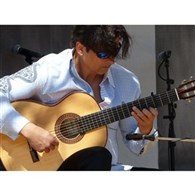



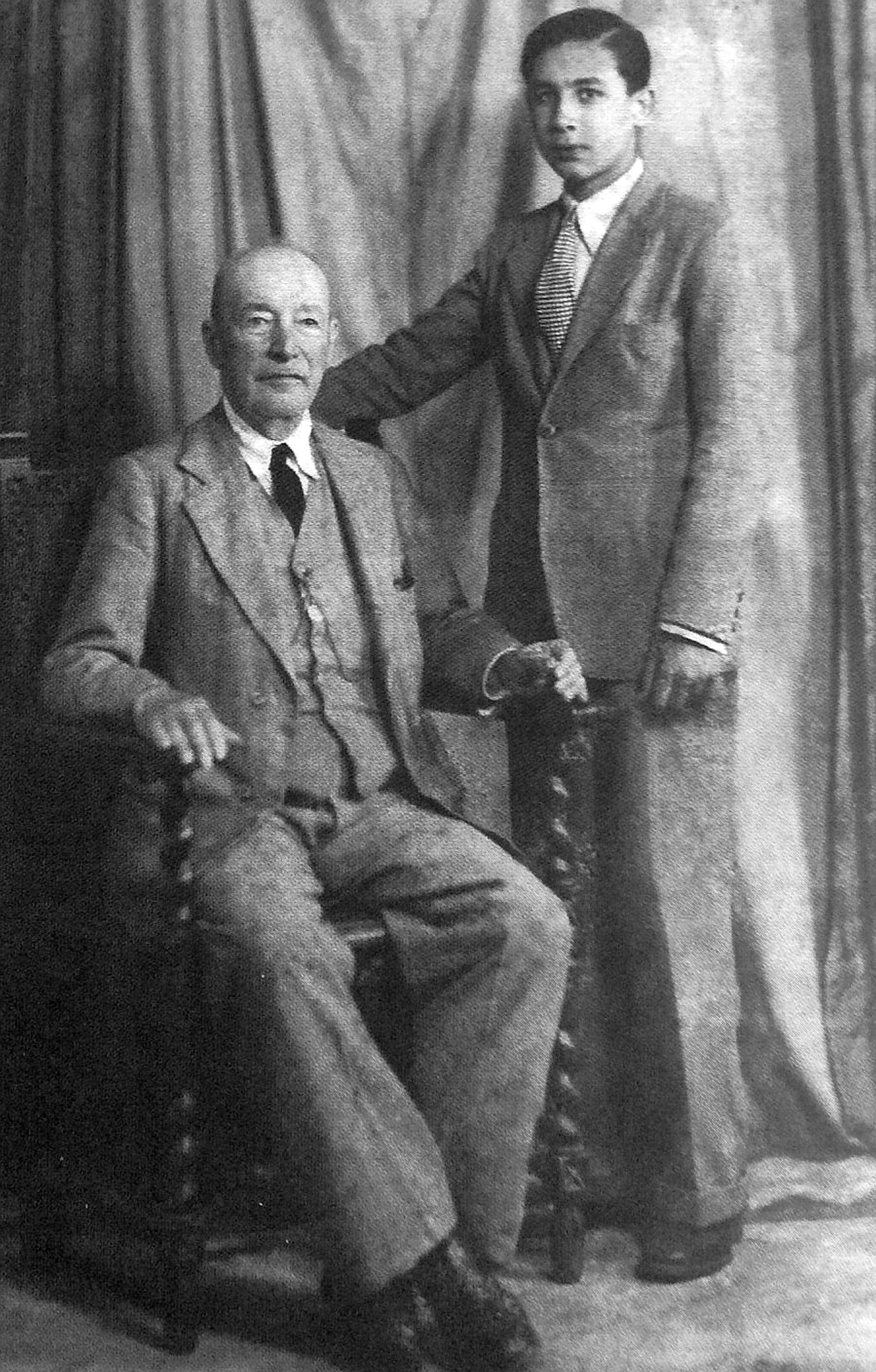
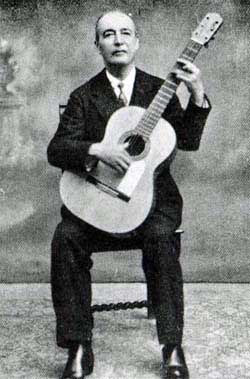
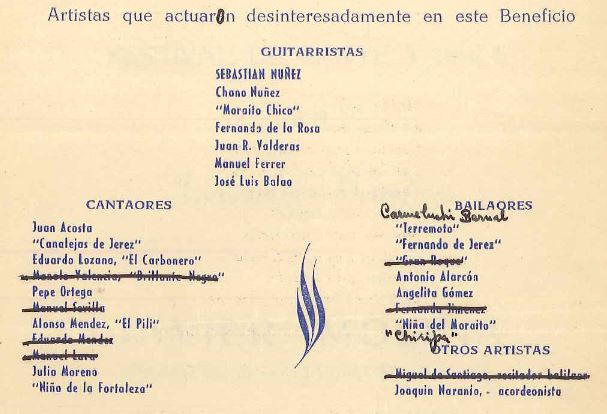
 ), so this checks out too.
), so this checks out too. 
 New Messages
New Messages No New Messages
No New Messages Hot Topic w/ New Messages
Hot Topic w/ New Messages Hot Topic w/o New Messages
Hot Topic w/o New Messages Locked w/ New Messages
Locked w/ New Messages Locked w/o New Messages
Locked w/o New Messages Post New Thread
Post New Thread